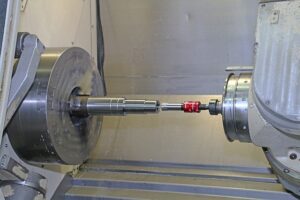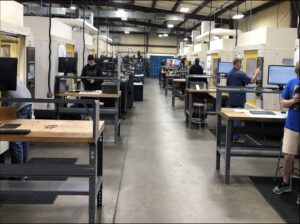You might not realize it, but level sensors play a critical role in our lives. Despite this, their functionality often relegates them to background processes, unseen and unnoticed. As a result, it’s easy to overlook just how crucial they really are – even in the context of regulating our individual day-to-day routines. However, find yourself wondering why you’re out of gas when your fuel gauge was just reading half full, and you can begin to imagine how something so small is suddenly a very big deal. Level sensors are crucial across an array of industries including oil manufacturing, water treatment, pharmaceuticals, aerospace, farming, beverage manufacturing, and even paper production. What are level sensors and how do they work?
Level sensors are measuring devices that monitor and report on the surface position of a contained substance. There are a variety of sensor types, and each one has its own set of unique features and uses. Substances are most often liquid or granular in nature, and suitability for each one varies from application to application. Each type belongs to one of two broad categories – point level sensors and continuous level sensors.
Point Level Sensors
Point level sensors monitor specific thresholds within a container. If the levels are too high or low, they respond by triggering a reactionary event like an alarm or fill action. Point level sensors are excellent for spill-prevention and pump-protection.
Optical Level Sensors
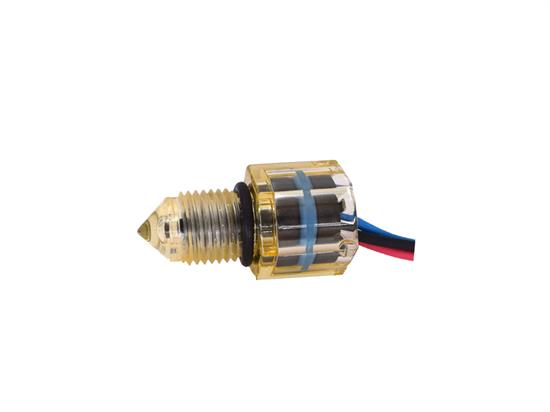
These sensors have an infrared LED emitter that sends light into the container. A receiver on the device catches the returning light and converts readings into electrical signals for measurement. Light refracts into the liquid as it rises in the container, and the sensor catches less in return. Once submerged, the sensor collects almost no light at all and this triggers overflow alarms.
Capacitance Level Sensors

This system determines levels based on the changing dielectric constant between the sensor, contained material, and the container wall. This change in constant equals a measurable change in capacitance – the amount of stored electrostatic energy, and a circuit in the sensor converts this change into readable electrical signals. There are capacitance sensors for both point and continuous level detection applications.
Float Switch Level Sensors
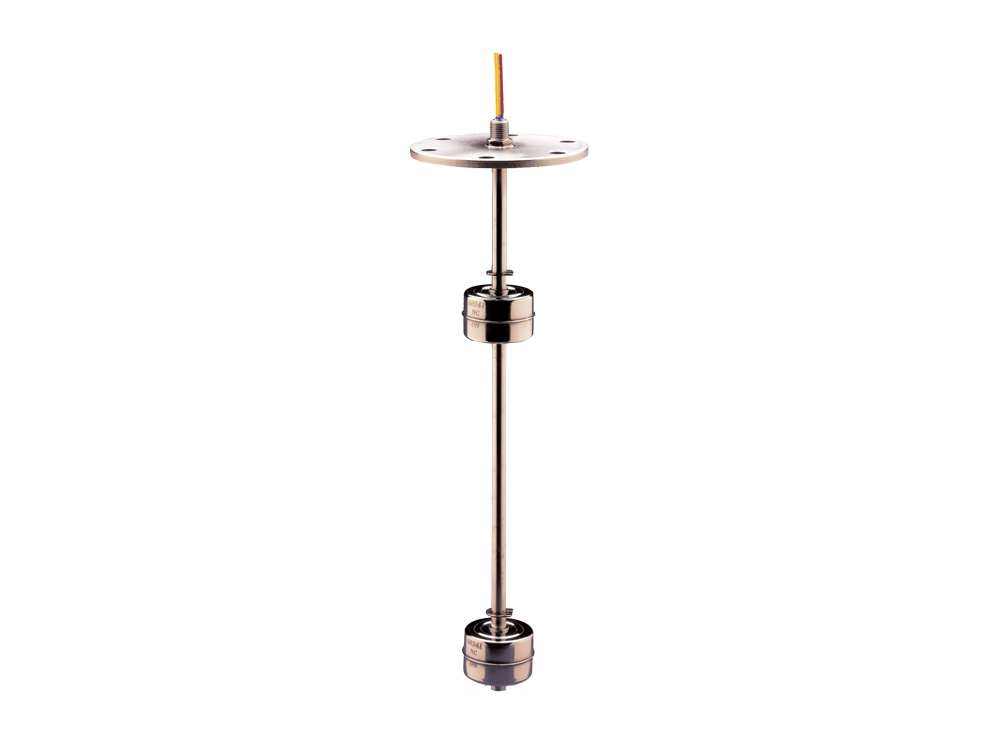
This is a float and switch system for monitoring fluid levels. The float moves up or down with fluid levels, and this movement triggers a switch to open or close when it crosses its thresholds. You likely have at least one of these in your home, though it may look quite different from the above image – most toilet tanks utilize a float switch mechanism in the form of a fill valve. Their shape and size can vary widely.
Continuous Level Sensors
Continuous level sensors measure stored material within a set range and produce a continuous stream of data output. This type of sensor is great for companies that need to monitor changing material inventory and avoid downtime. These sensors are non-invasive, meaning they do not touch the products they monitor.
Ultrasonic Level Sensors
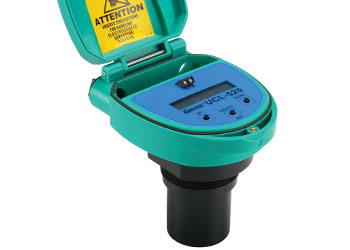
This type of level sensor emits ultrasonic waves and receives them again as they reflect off of the material surface. Container level is determined by how long it takes the waves to return.
Radar (Microwave) Level Sensors
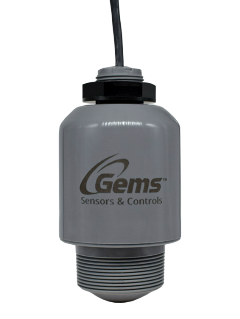
Radar sensors work with an antenna to transmit microwaves, which then reflect from the material surface for the sensor to capture again. The concept is similar to ultrasonic sensors, with the main difference being the type of wave used – and the wave makes a difference here. These sensors are highly accurate and provide very quick measurements, as the waves travel at the speed of light.
About Us
Piedmont CMG’s life sciences partners often require sensor, bottle and cap assemblies, and tubing add-ons for their workspace applications. Our facility is proud to work with Gems Sensors & Controls to provide our industry partners with the best in single and multi-point level sensors, and continuous level transmitters. While today’s article doesn’t encapsulate every type of device in the wide world of level sensors, it does touch on the most common ones requested by our customers. Contact us for more information.

